How to grow bigger tomatoes by perfecting your feeding and pruning regimes
Why a trio of vital tasks can unlock the secret to making tomatoes grow bigger
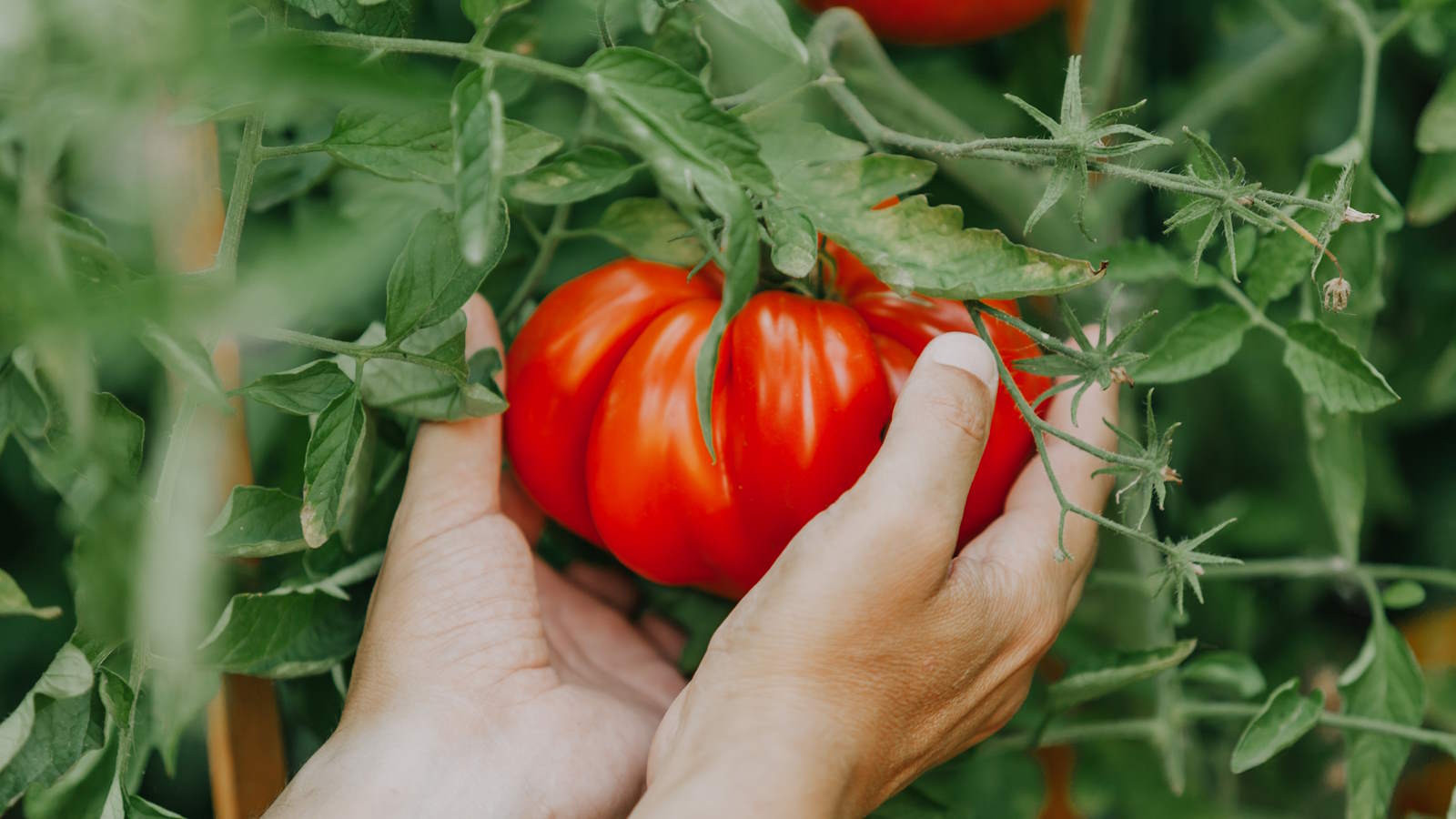

Big and juicy tomatoes are ideal for sandwiches, salads, or roasting. They are also perfect for impressing your friends and fellow gardeners or displaying on a show bench.
Whether you want to grow big tomatoes to eat, to show, or both, how you grow tomatoes and the types you choose to cultivate will make a difference to the size of the fruits you harvest.
If you are looking to learn how to make tomatoes grow bigger, we are here to help. Our guide to growing bigger tomatoes reveals three key ways in which to boost crops, along with a couple of other helpful tips and tricks.
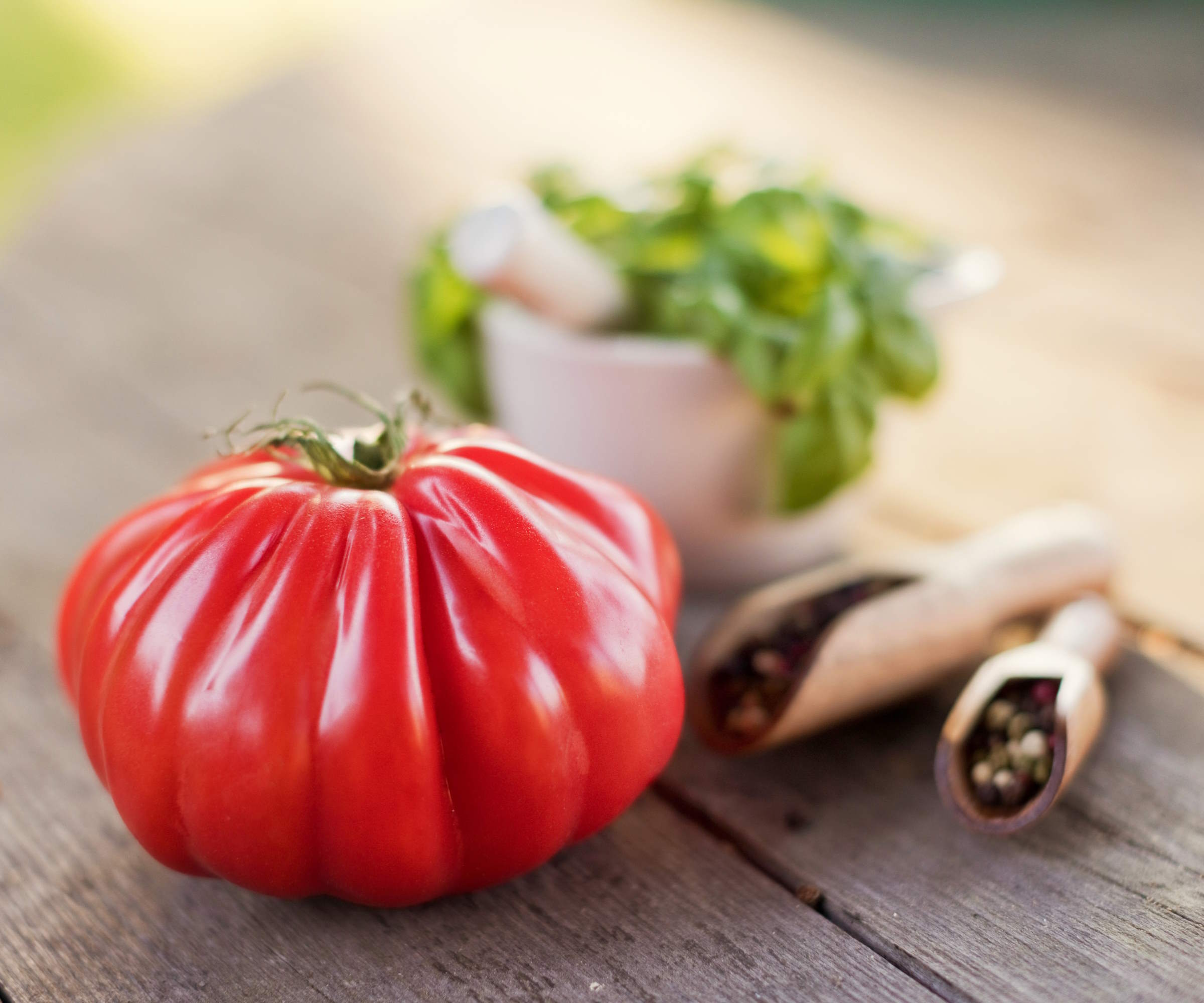
Some varieties of tomatoes grow bigger than others
Tips for bigger tomatoes
Before we disclose our three top expert tips for how to grow the biggest tomatoes, here is one simple extra bit of advice that didn’t make the final list.
To grow the biggest tomatoes, choose tomato varieties that produce the largest fruits, i.e. beefsteak tomatoes. These are the largest types of tomatoes and can produce fruits up to one pound in weight.
However, for all types of tomatoes, there are ways you can grow and maintain plants to help boost the size of the eventual harvest and give you bigger tomatoes to harvest.
1. Feed plants
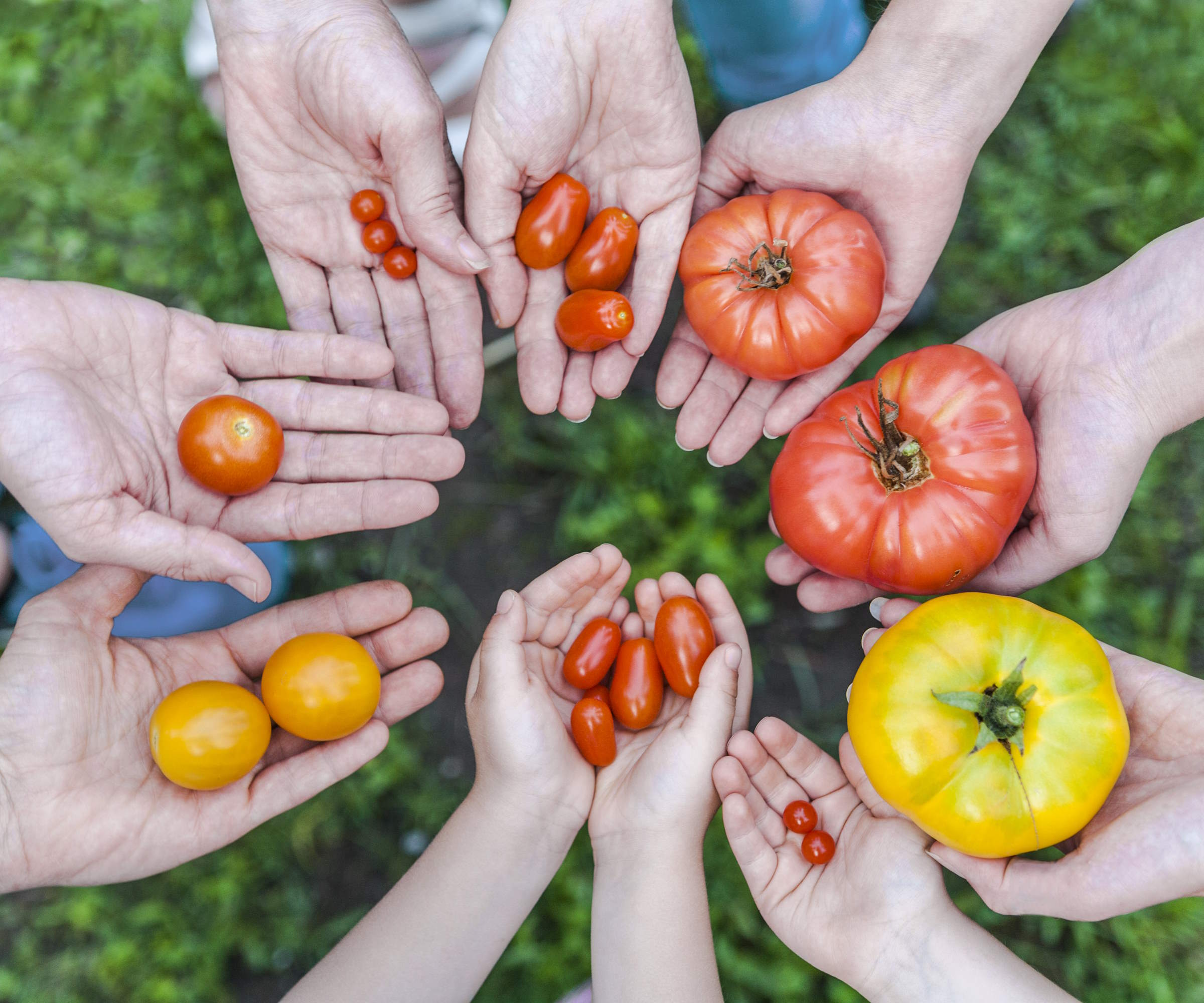
Tomatoes come in a range of shapes, sizes, and colors
Tomatoes are hungry plants, they want lots of water and nutrients throughout their growing season and keeping them fed and hydrated is essential to get bigger tomatoes.
Begin as you mean to go on and nurture your tomato plants from the off. Start by planting tomatoes in nutrient-rich soil that has been amended with lots of compost or well-rotted manure.
Dave Freed, an expert tomato grower, says the quality of the soil type ‘makes a huge difference’ to the potential size of the tomato harvest. He says: ‘Better soil gives you bigger root systems, bigger root systems give you bigger tops and bigger tops give you more tomatoes.’
Even in fertile soil, it is beneficial to fertilize tomatoes with a balanced fertilizer during the growing season. Once the tomato plant starts flowering, switch to a fertilizer higher in phosphorus and potassium. This encourages blossoming and the development of large tomatoes.
‘Here's a pro tip: try adding some crushed eggshells or a calcium supplement to your soil,’ says Kiersten Rankel, garden expert and botanist for the plant app Greg. ‘This extra calcium boost can help prevent blossom end rot and contribute to larger, healthier fruits.’
As for watering plants, tomatoes can require up to two to three gallons of water each day, sometimes more depending on the weather. They are their most productive when their demands for moisture are met, so pay close attention to keeping the soil moist in summer.
Fail to give them enough to drink and tomato leaves can turn yellow as plants struggle to produce and ripen fruit. Aim to water them deeply and less frequently, as opposed to little sips each day, and keep the soil consistently moist but not waterlogged.

Dave Freed is known as Dave 'The Tomato Guy' and his website Grow Tomatoes Easily helps 1000’s of people every month
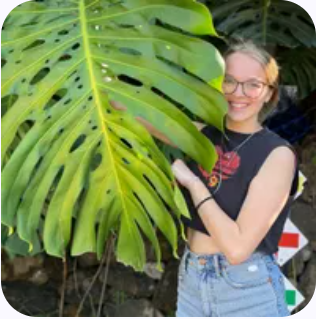
Kiersten Rankel is a certified Louisiana Master Naturalist and regularly volunteers with local community gardens and non-profits to help restore critical ecosystems along the Gulf Coast. In her spare time, she enjoys hiking and tending to her 150+ houseplants and vegetable garden
Shop tomato fertilizers
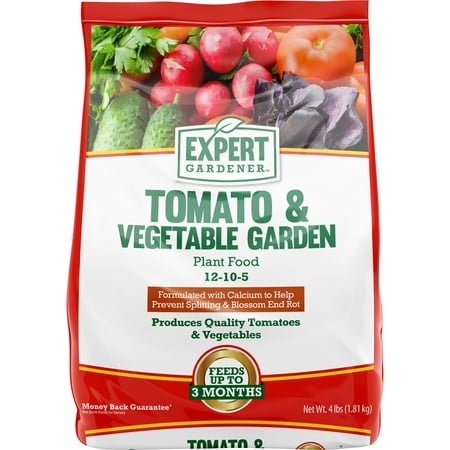
A fertilizer to use on all types of tomatoes and vegetables with an NPK of 12-10-5 4. It contains a slow release nitrogen formula that feeds for up to 3 months
2. Prune plants
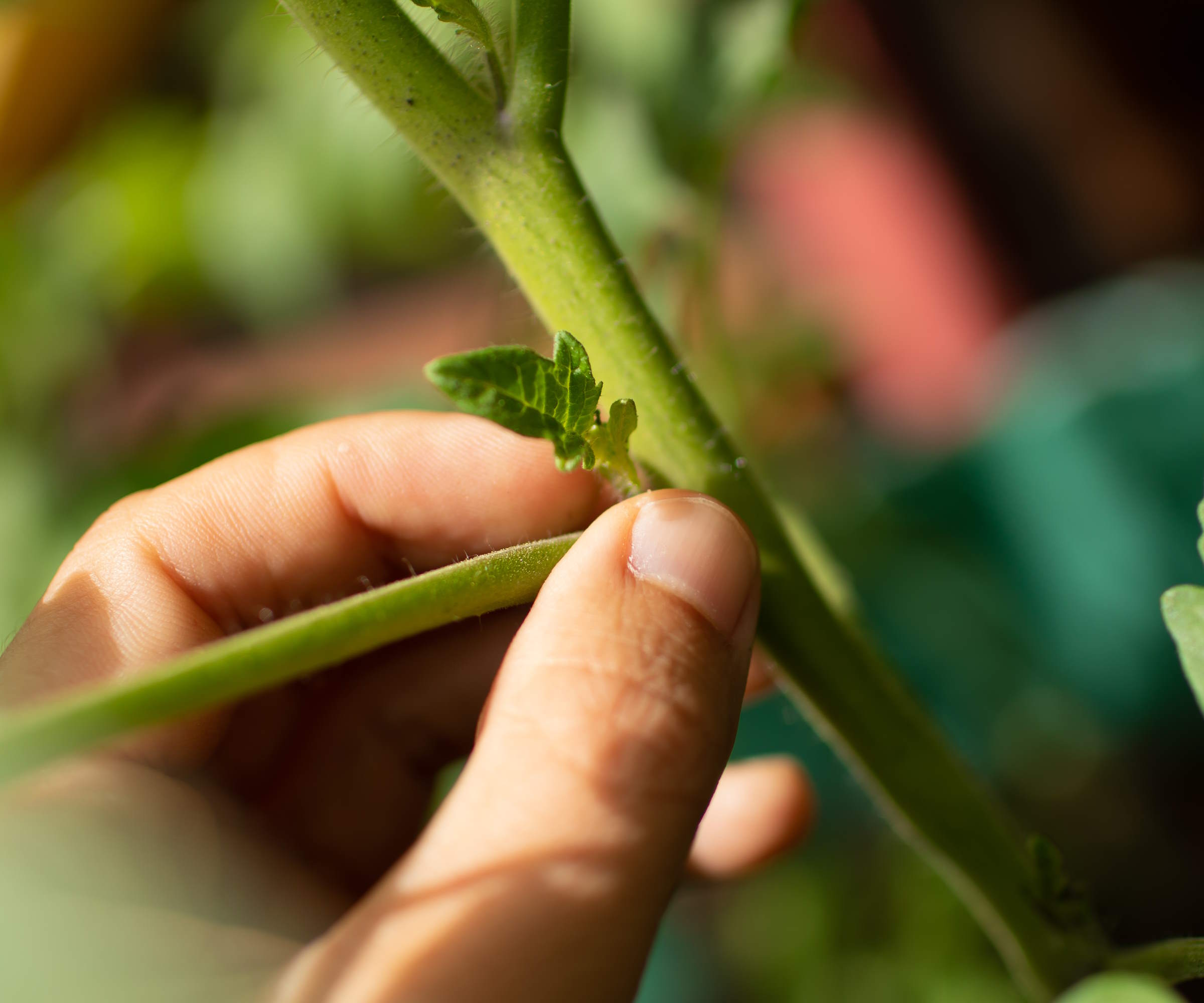
Pruning tomatoes is easily done when suckers are small
You help make tomatoes grow bigger by pruning plants, it may sound counterintuitive but trimming plants rewards you with larger tomatoes. Pruning tomatoes is vital when growing indeterminate tomato varieties as suckers can divert energy away from fruits as they develop.
Removing those suckers that quickly grow in the axil between the main stem and the leaves means the energy is focused on developing fruits. Regularly checking plants and pinching off these suckers when they are young prevents these unwanted shoots from stealing energy away for a long time.
Training tomatoes vertically and growing just one stem means you will get fewer overall fruits than letting the plant grow multiple stems, but the tomatoes you harvest will be bigger. A pruned plant will also benefit from better air circulation and light penetration, which can reduce potential problems from tomato diseases.
It is important to prune only indeterminate varieties of tomatoes, as trimming determinate types would be a tomato-growing mistake. If you prune determinate types, also known as bush tomatoes, it will dramatically reduce your harvest.
3. Thin fruits
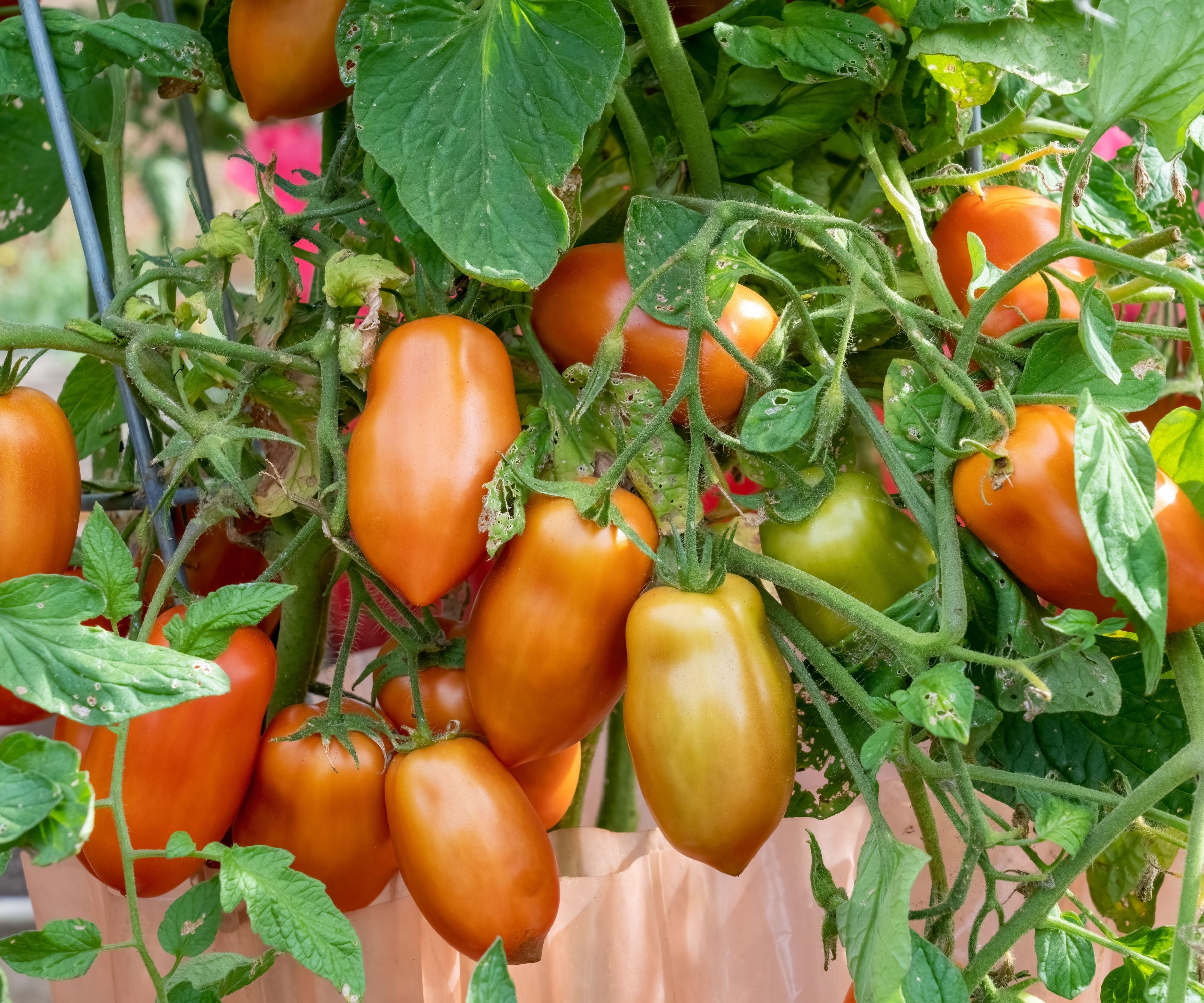
Tomato trusses can carry a lot of fruits
If you want to get truly big tomatoes, take pruning that little bit further and thin out fruits as they develop. Removing a selection of fruits as they start developing on the cluster might sound like a peculiar choice, but it will reward you with larger fruit.
Start thinning fruit once your tomato plant begins setting tomatoes. Clusters can produce numerous tomatoes, depending on the variety, and removing all but the largest two or three per cluster will help to grow bigger tomatoes.
Dave Freed says: ‘Instead of the plant's food and energy going into say 50 tomatoes, now all the food and energy will be directed into say 15 or 20 tomatoes.
‘People growing record-breaking weights may only leave a few tomatoes on the entire plant.’
Indeed, the Guinness World Record for the heaviest tomato weighed 11.65 pounds (5.284 kilograms) and the fruit was 32.5 inches in circumference. It was presented at the Stillwater Harvest Fest in, Minnesota, in October 2022.
You may not be trying to smash any records with the size of your tomatoes, however, thinning fruits will help your selected tomatoes to grow bigger. If you are growing numerous plants, it may be worthwhile trialing this method on a few plants to compare the harvests with other unthinned plants.
FAQs
Why are my tomatoes not getting big?
Underdeveloped and small tomatoes are commonly the result of a lack of watering, especially wilting which can impact the development of fruit. The soil wants to be kept consistently moist and may require daily watering during the summer, especially if the plants are grown in a greenhouse. Using a soil moisture meter, available at Amazon, helps you judge when to water, or using self-watering planters will help keep the soil consistently moist if you are growing tomatoes in containers.
Help ensure a strong tomato harvest by boosting pollinators around your crop through tomato companion planting. Adding flowers around the crop as plants for pollinators will reduce the risk of poor pollination and plants not setting fruit. Not only can companion planting help improve your harvest, but it can also deter tomato pests that can eat leaves and fruits.
Sign up to the Homes & Gardens newsletter
Design expertise in your inbox – from inspiring decorating ideas and beautiful celebrity homes to practical gardening advice and shopping round-ups.

Drew’s passion for gardening started with growing vegetables and salad in raised beds in a small urban terrace garden. He has worked as a professional gardener in historic gardens and specialises in growing vegetables, fruit, herbs, and cut flowers as a kitchen gardener. That passion for growing extends to being an allotmenteer, garden blogger, and producing how-to gardening guides for websites. Drew was shortlisted for the New Talent of the Year award at the 2023 Garden Media Guild Awards.
-
 The long-awaited ALDI $40 raised bed garden planter is finally back, and it is perfect for small gardens and apartments
The long-awaited ALDI $40 raised bed garden planter is finally back, and it is perfect for small gardens and apartmentsThis highly-rated wooden planter sells out every year, so be fast
By Jennifer Ebert Published
-
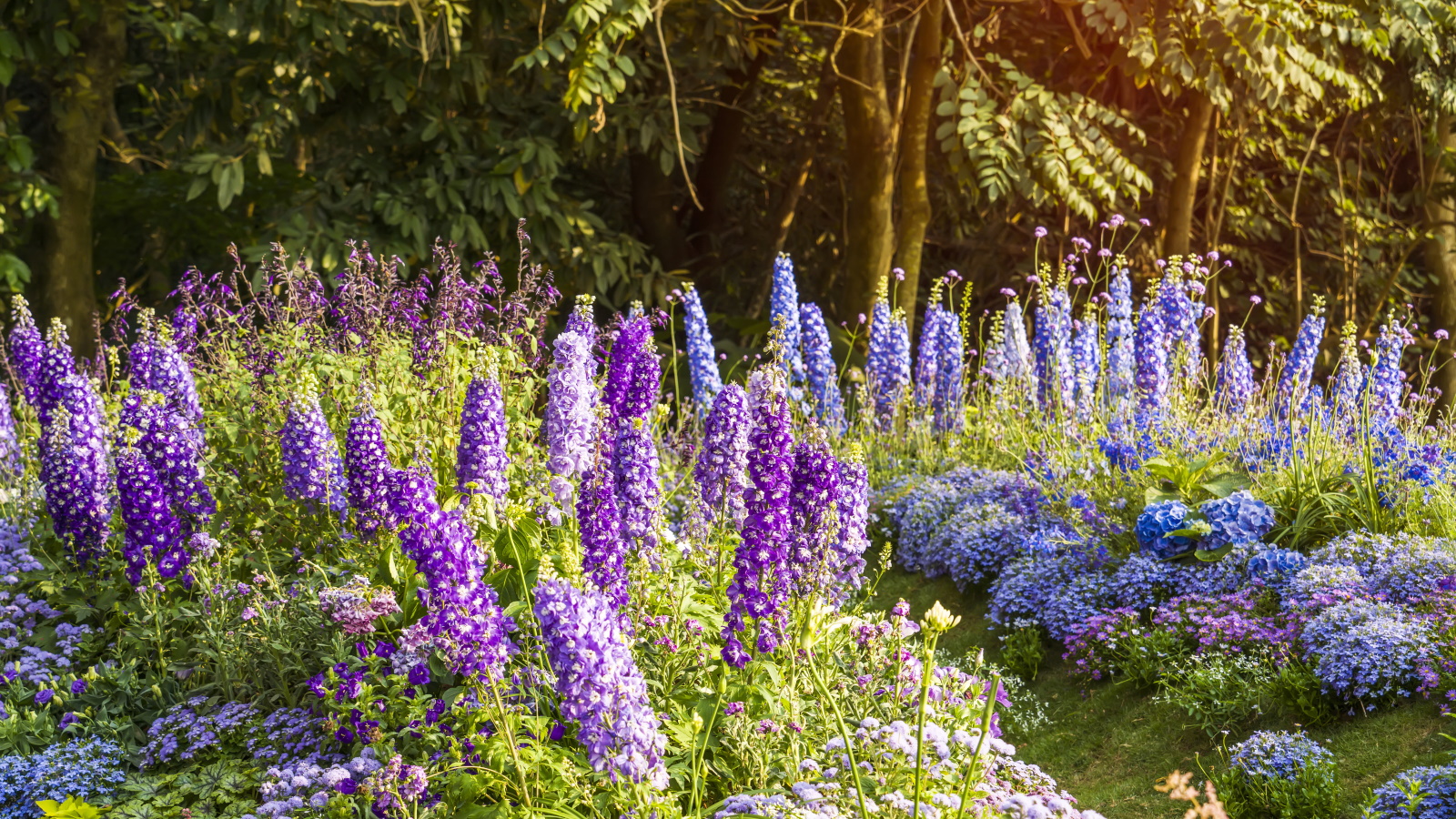 Best types of delphiniums – 14 stunning varieties for vibrant flower spikes in your yard
Best types of delphiniums – 14 stunning varieties for vibrant flower spikes in your yardPlants Here are our top types of delphiniums for brightening summer borders
By Holly Crossley Published
-
 7 of the best tomatoes for growing in pots - expert growers pick their top varieties ideal for large harvests from containers
7 of the best tomatoes for growing in pots - expert growers pick their top varieties ideal for large harvests from containersYou can enjoy bumper homegrown harvests in small spaces
By Drew Swainston Published
-
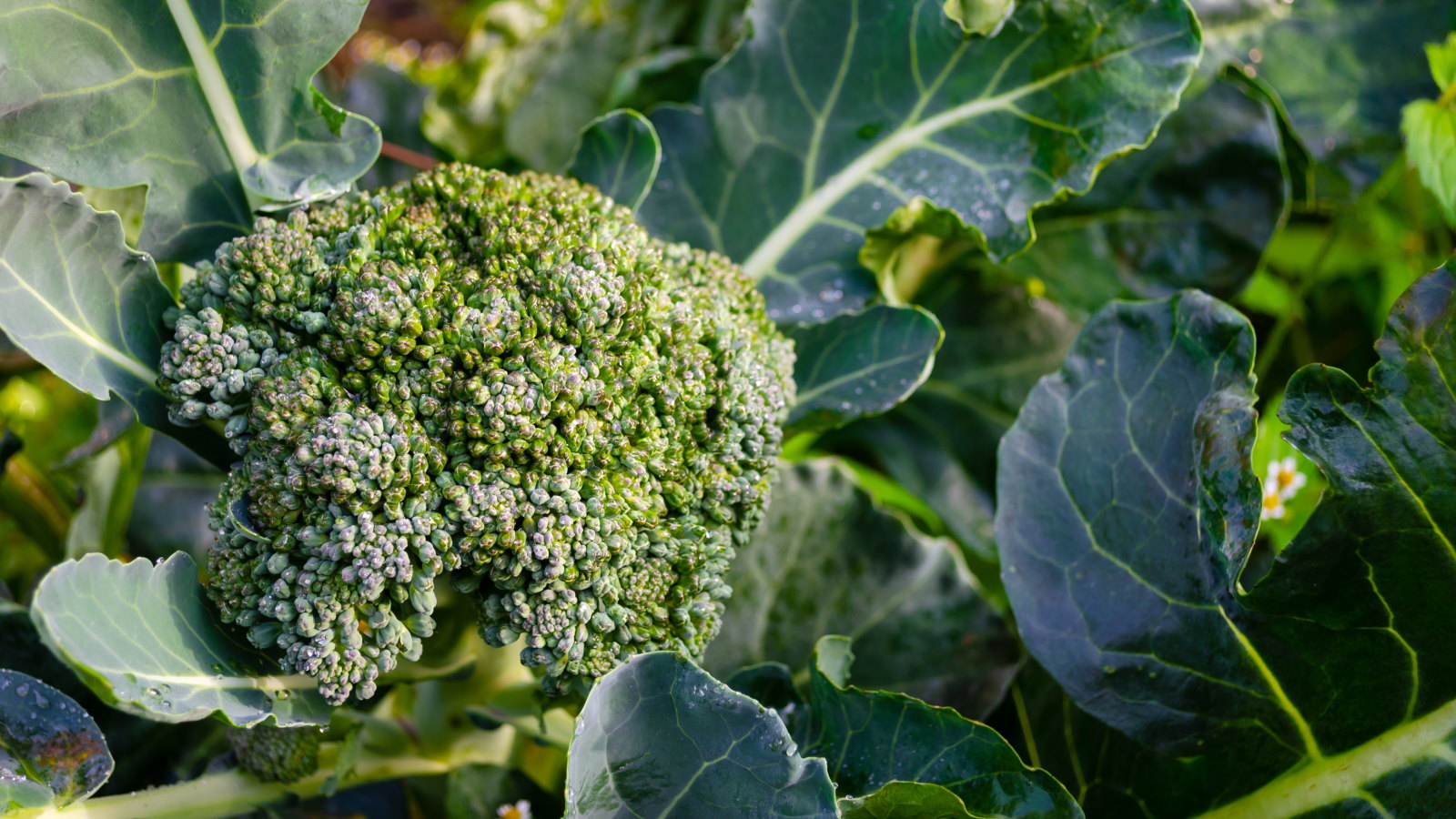 These 5 plants can help you get the best, and potentially tastiest, broccoli ever – discover what to plant with broccoli, and what to avoid
These 5 plants can help you get the best, and potentially tastiest, broccoli ever – discover what to plant with broccoli, and what to avoidOur selection of vegetables, herbs, and flowers is perfect for companion planting with broccoli
By Drew Swainston Published
-
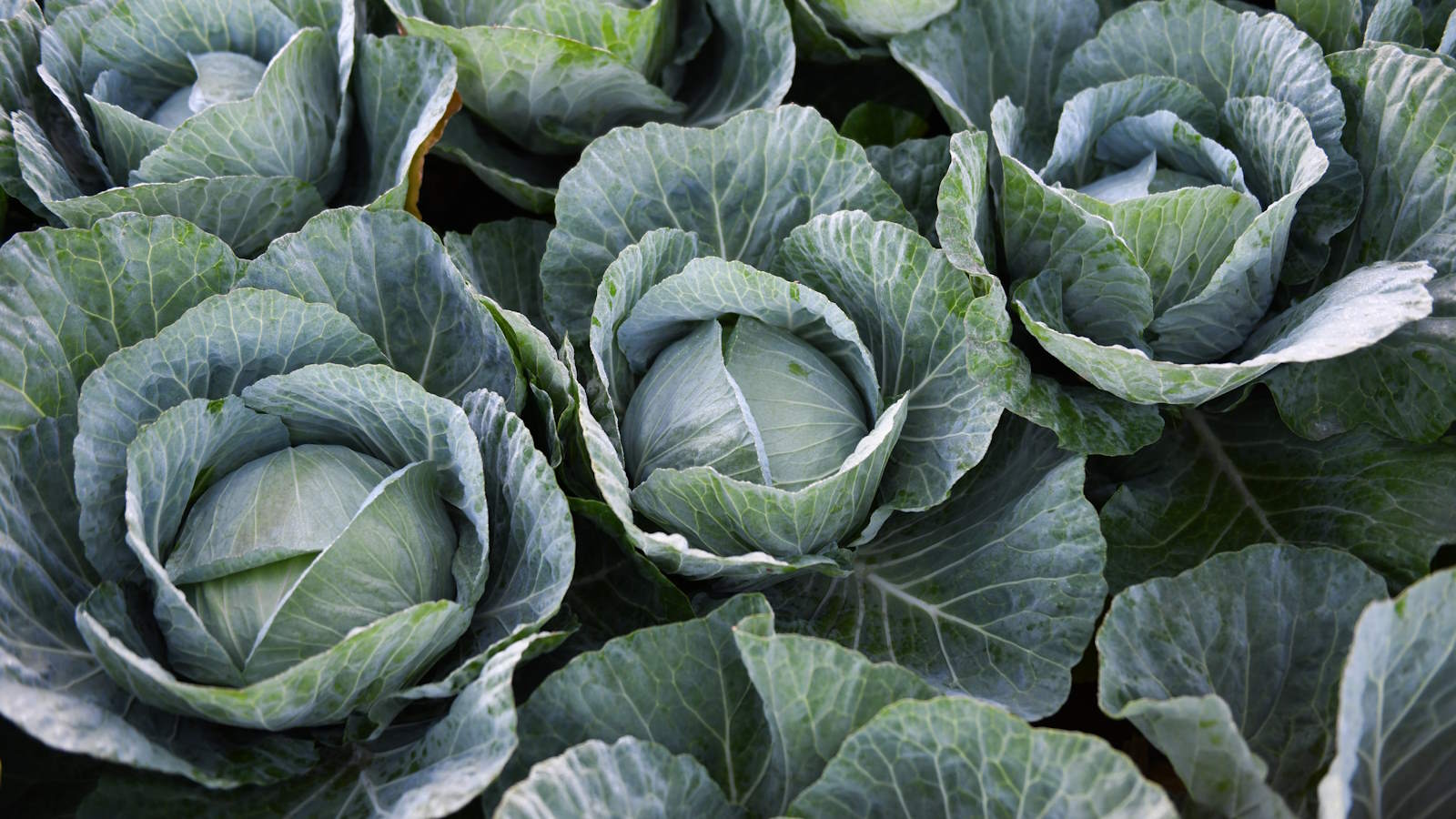 How to grow cabbages in containers – expert tips for top harvests in small urban spaces
How to grow cabbages in containers – expert tips for top harvests in small urban spacesYou can grow lots of different cabbages in pots, troughs, grow bags, or buckets
By Drew Swainston Published
-
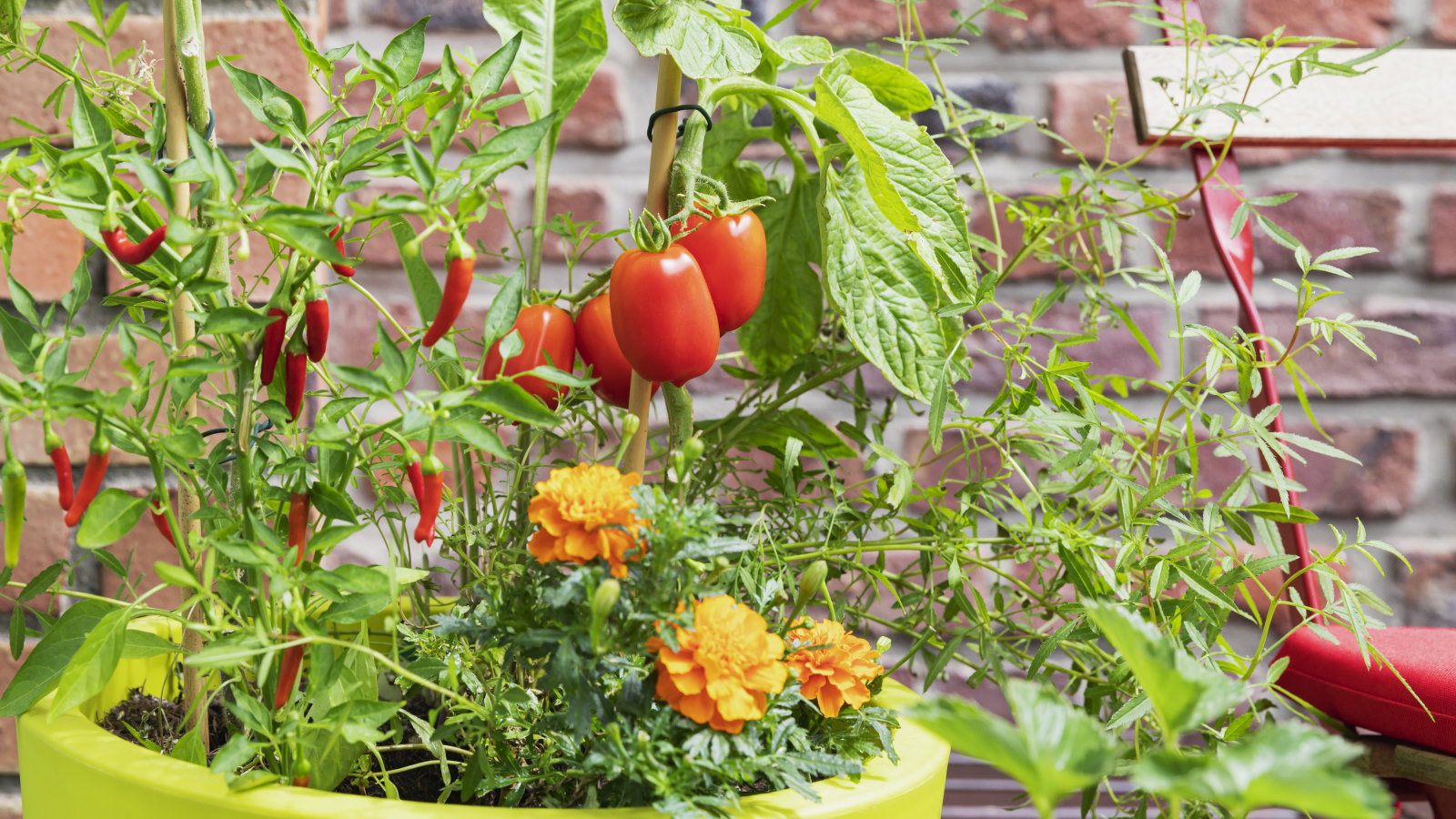 You'll get the best homegrown tomato crops if you plant them next to this one flower – discover why these two are a dream combination
You'll get the best homegrown tomato crops if you plant them next to this one flower – discover why these two are a dream combinationYour tomato plants will be pest-free and covered in fruits
By Drew Swainston Published
-
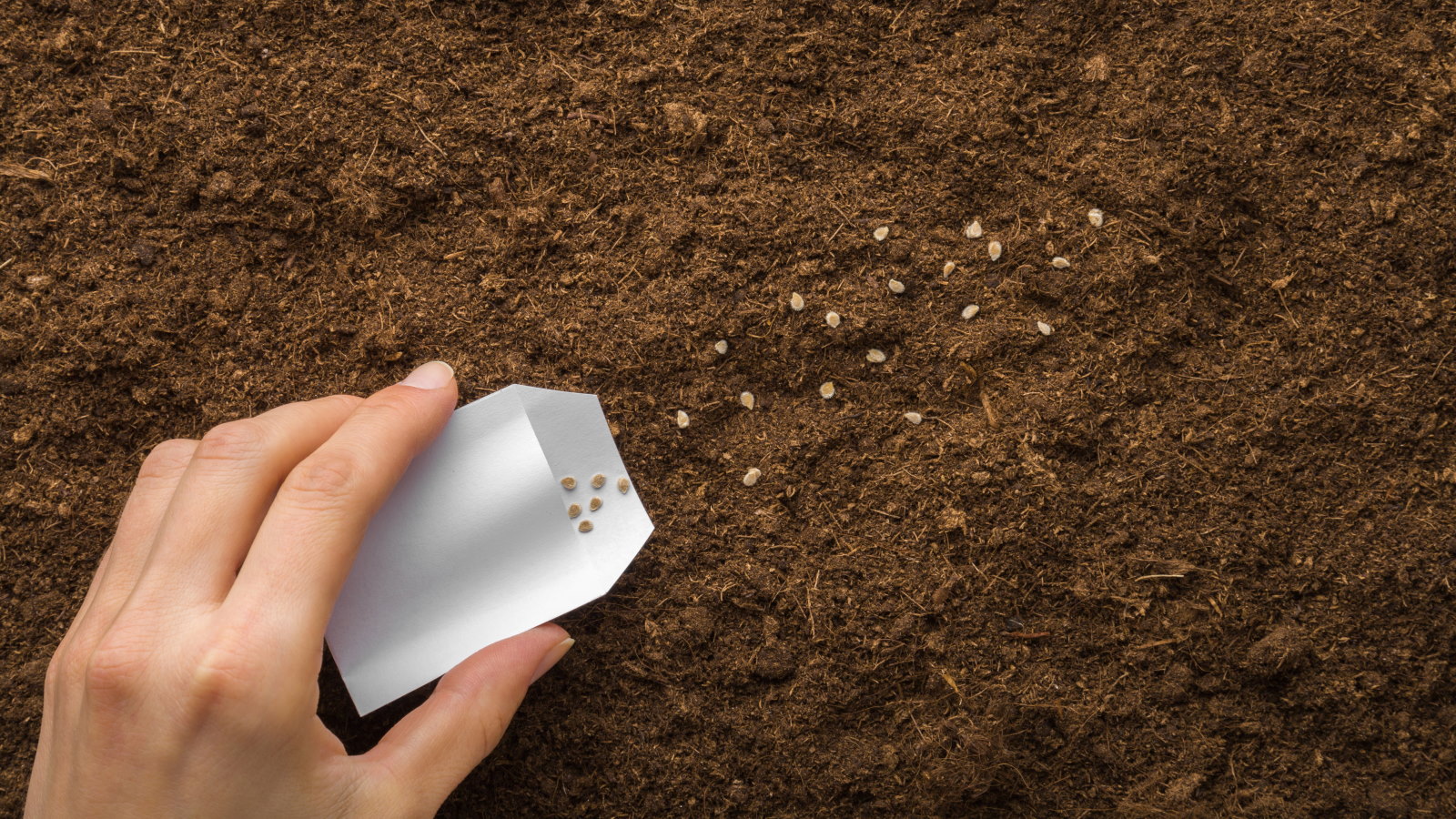 Direct sowing vs transplanting – our grow-your-own expert advises which is best, and shares 5 veggies you should always sow directly
Direct sowing vs transplanting – our grow-your-own expert advises which is best, and shares 5 veggies you should always sow directlyBoth approaches to sowing vegetables have pros and cons
By Drew Swainston Published
-
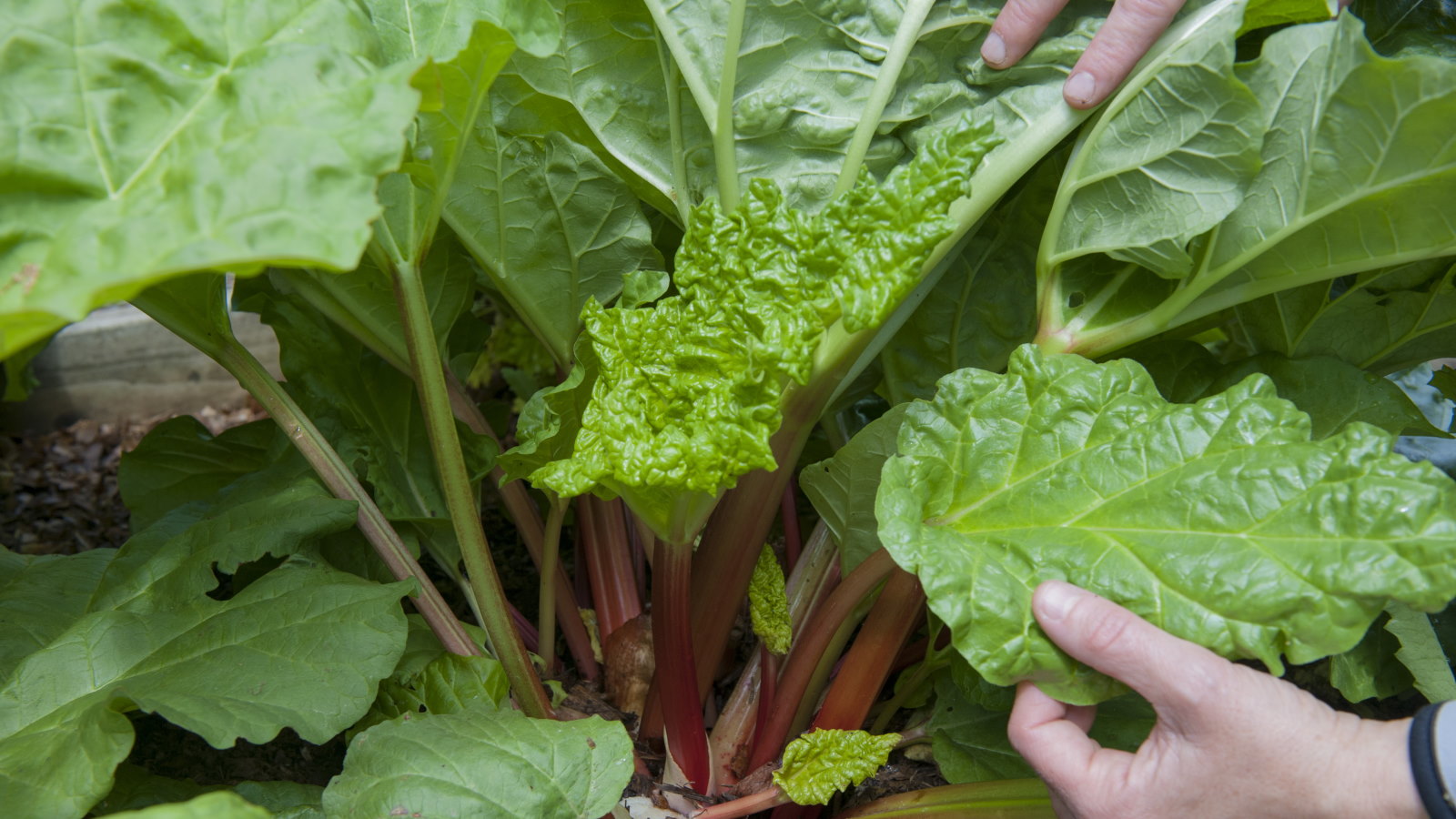 I grew rhubarb from seed for years – here’s exactly how to do it for guaranteed germination and healthy crops of fruit
I grew rhubarb from seed for years – here’s exactly how to do it for guaranteed germination and healthy crops of fruitGrowing rhubarb from seed is a cost-effective way to propagate plants, but it requires care and patience
By Drew Swainston Published
-
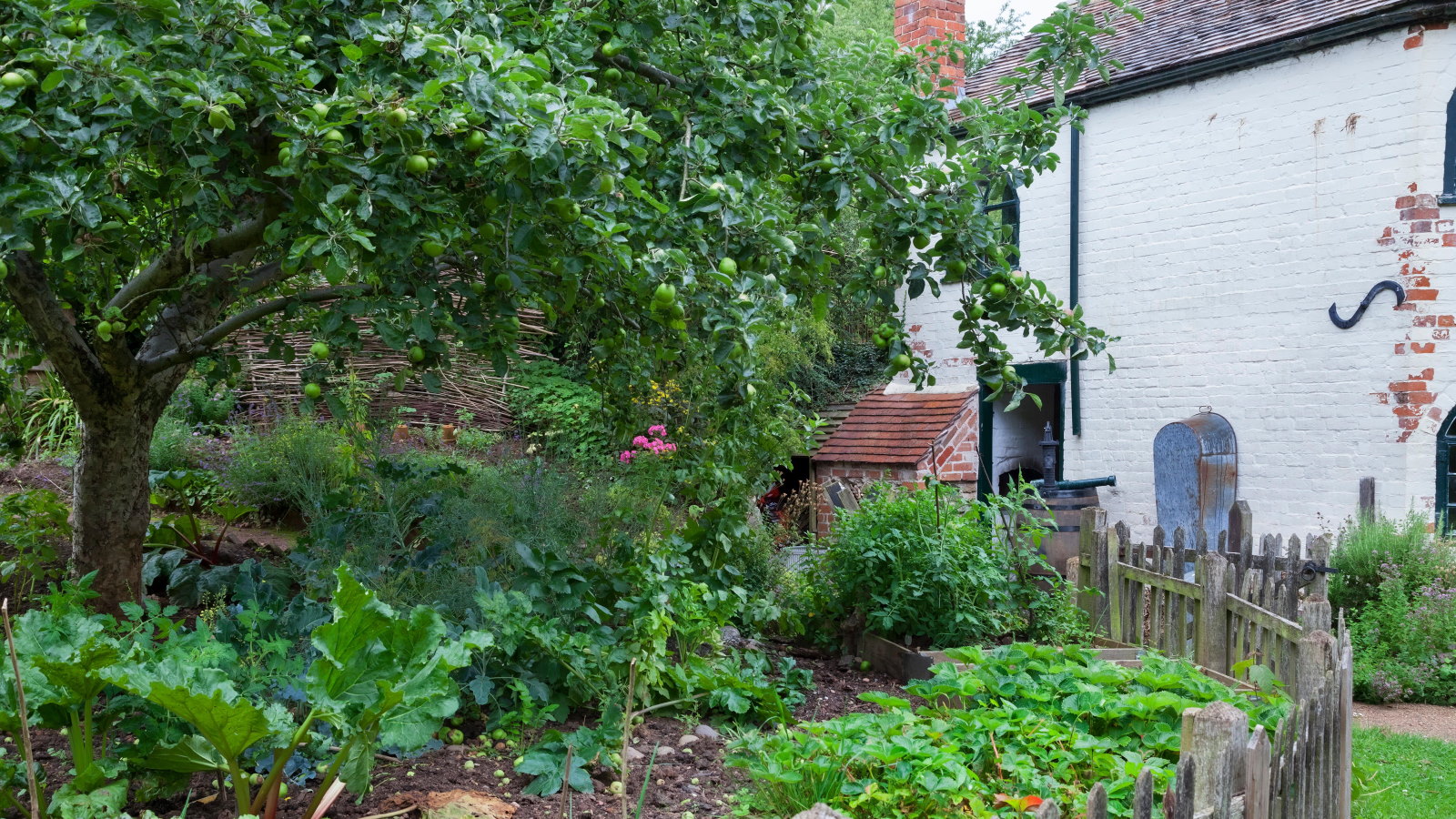 4 reasons you should plant trees in a vegetable garden – plus experts reveal the secrets to help you reap the rewards
4 reasons you should plant trees in a vegetable garden – plus experts reveal the secrets to help you reap the rewardsSee how agroforestry principles can help boost your soil and harvests
By Drew Swainston Published
-
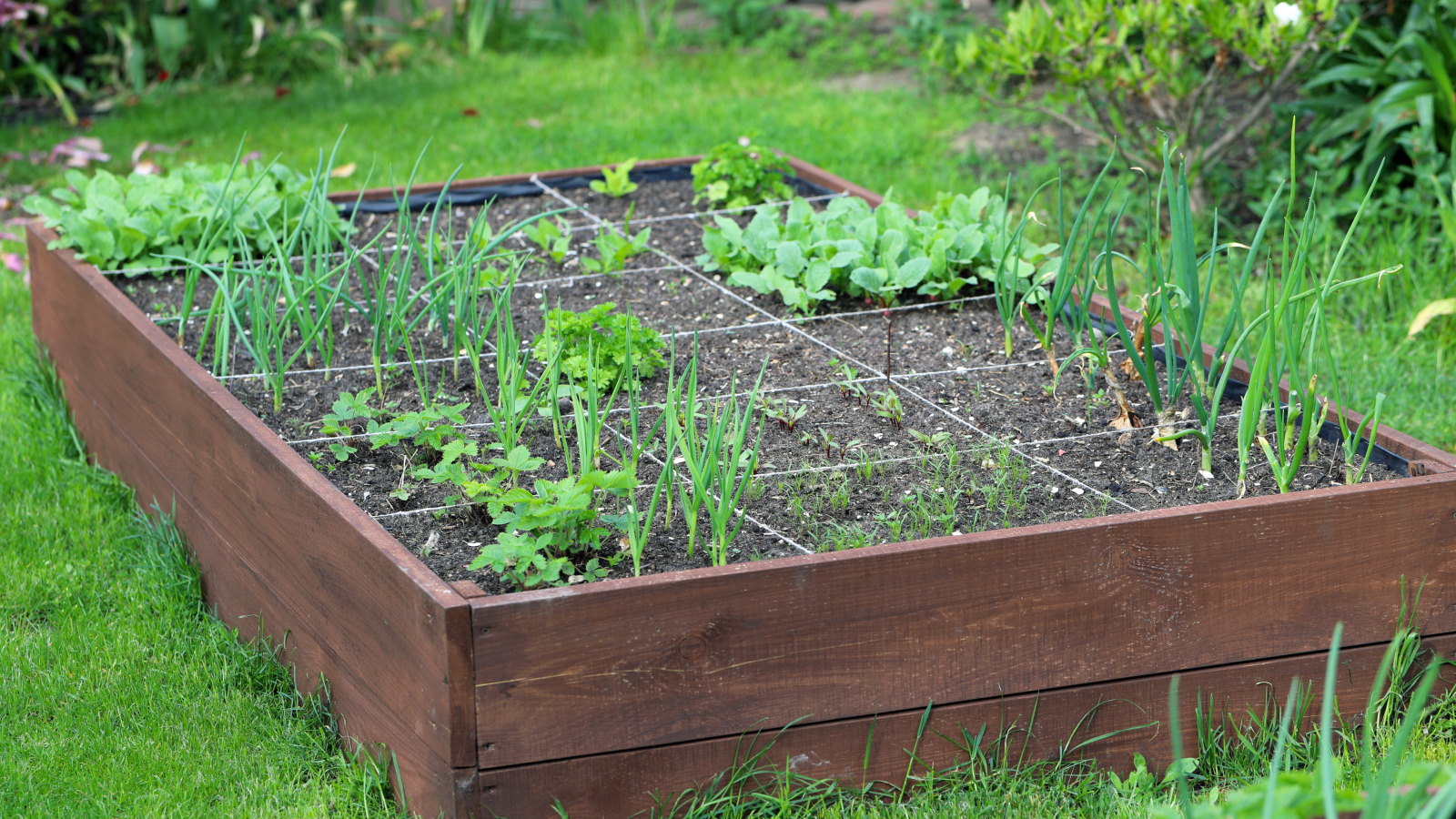 9 of the best vegetables to grow using the square foot gardening method – for big harvests in small spaces
9 of the best vegetables to grow using the square foot gardening method – for big harvests in small spacesPlus how many of each vegetable can be grown per square foot
By Drew Swainston Published

